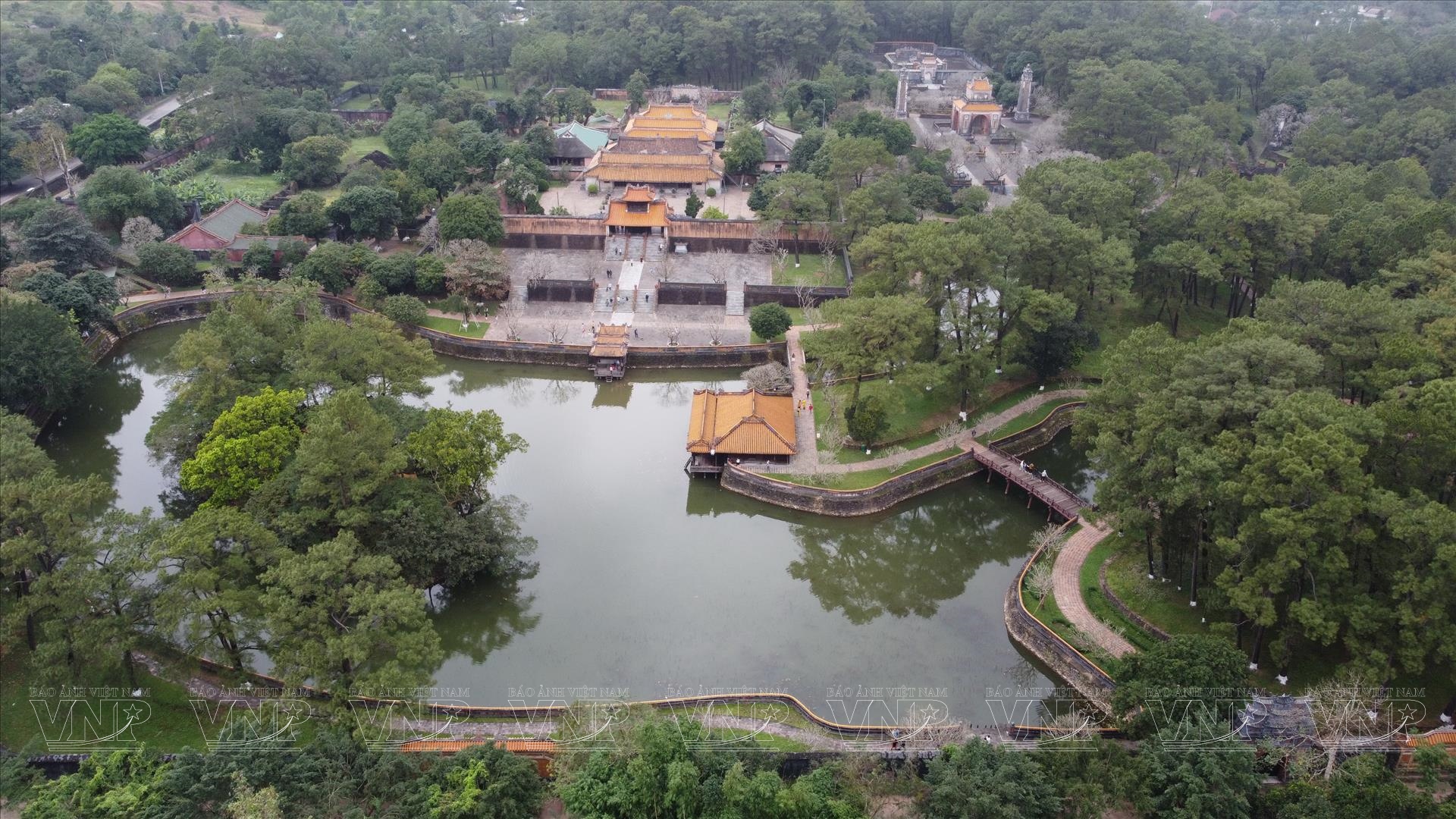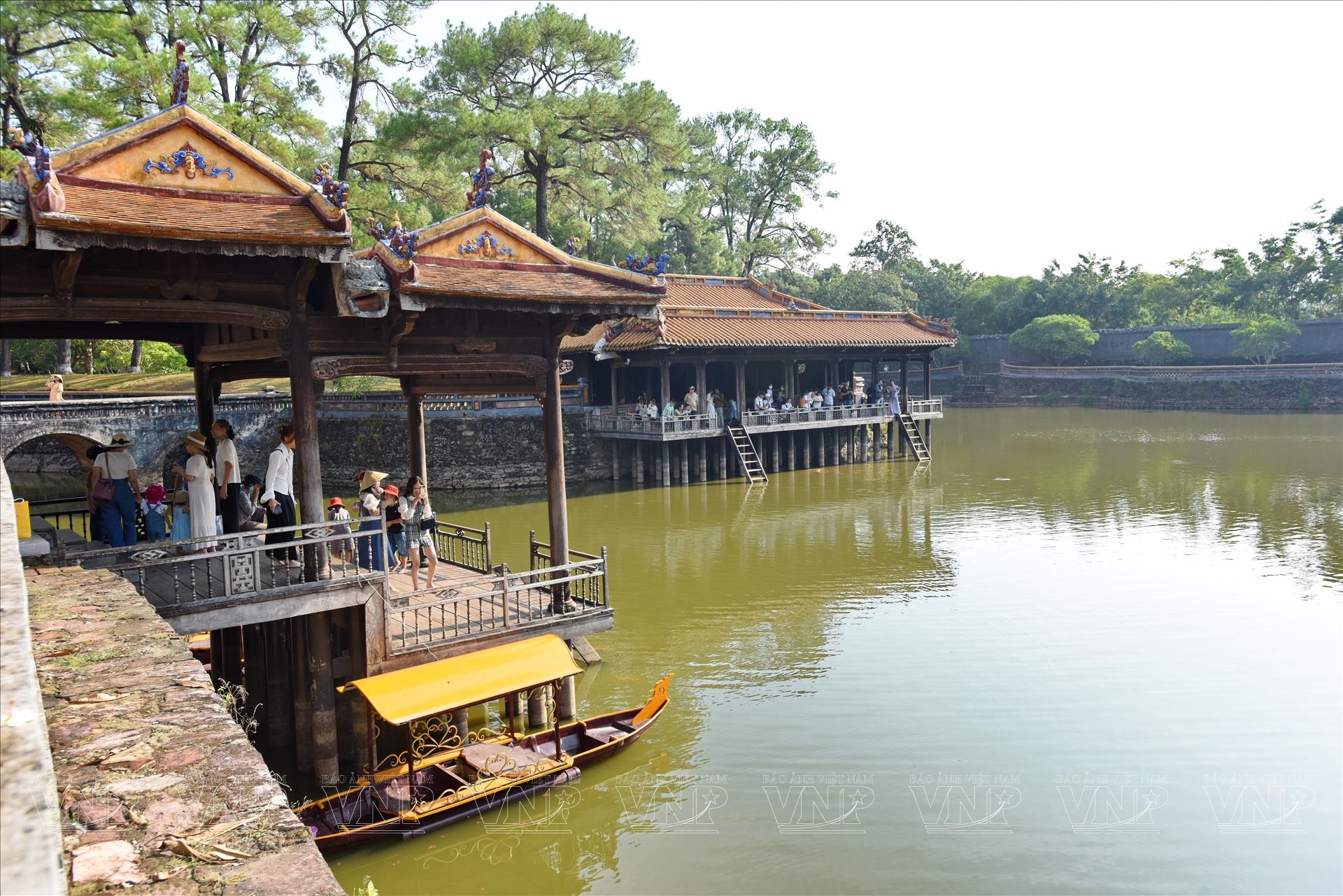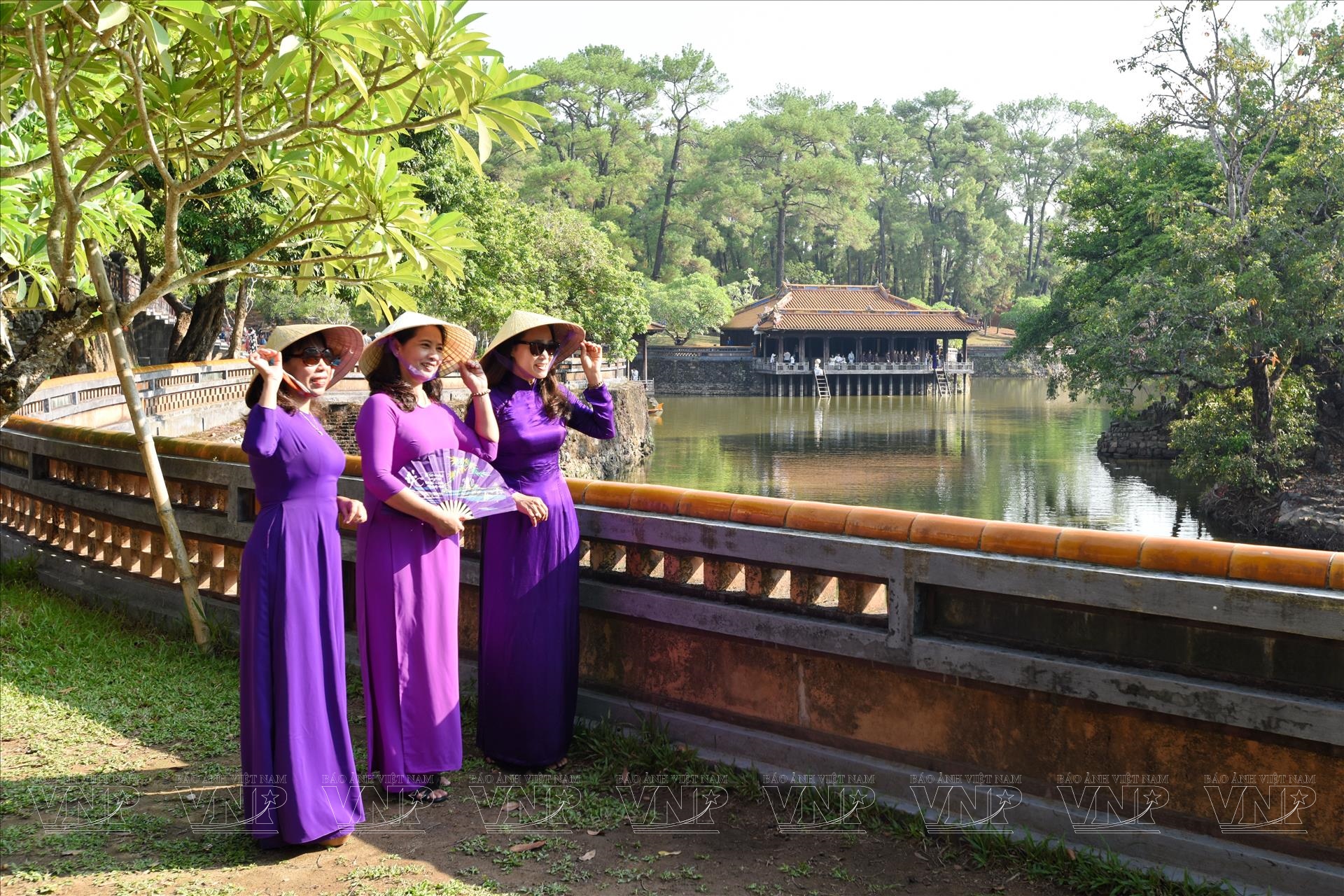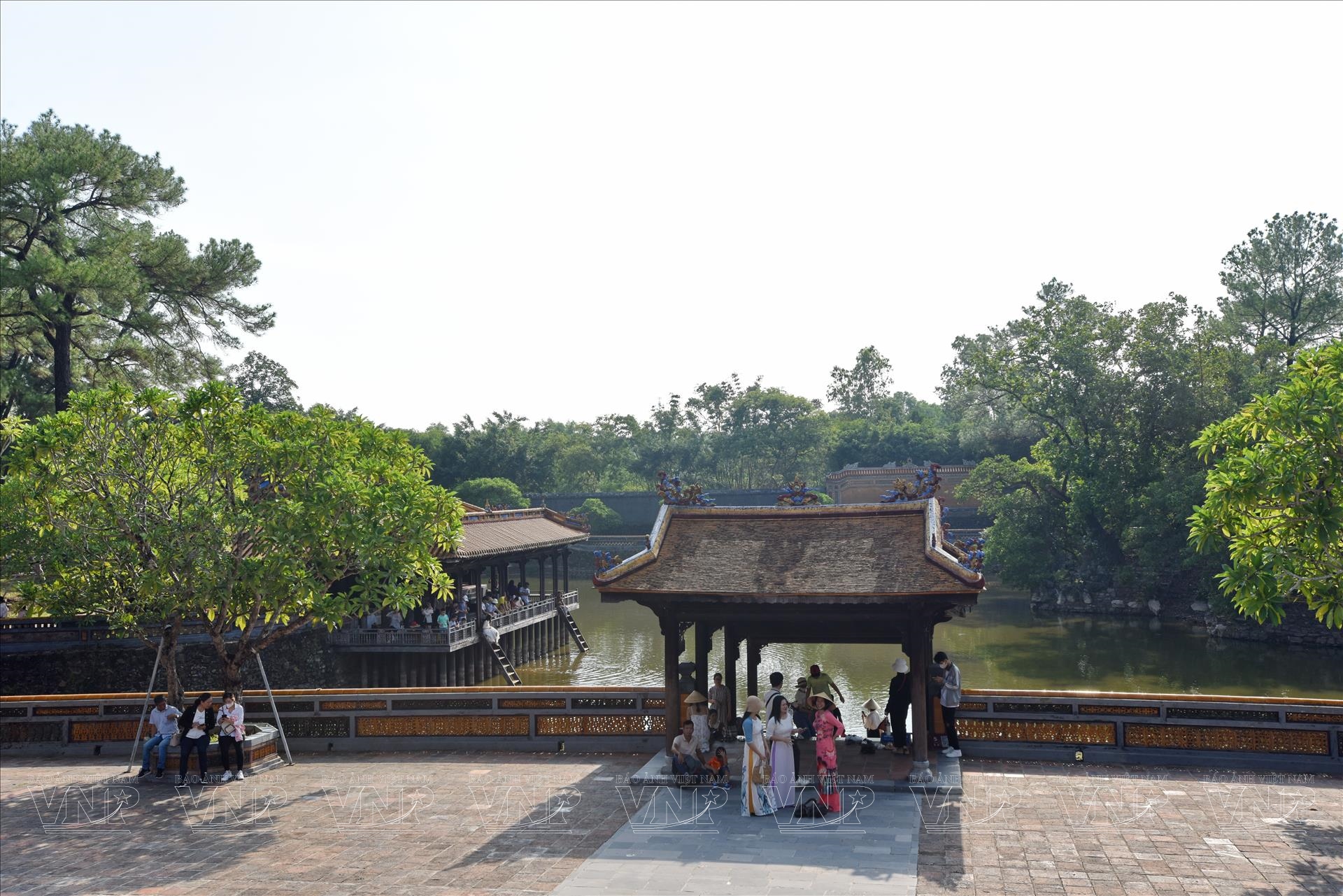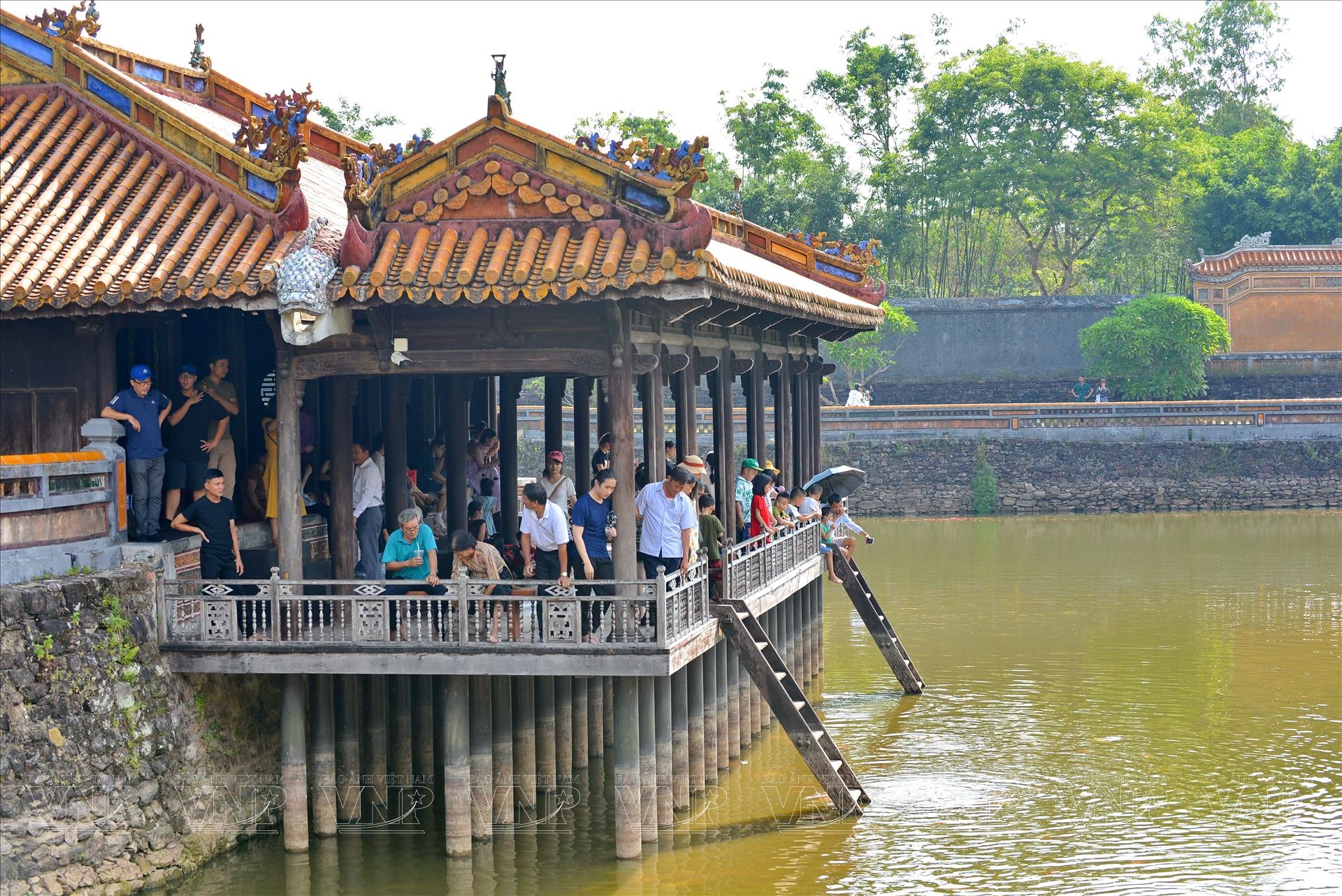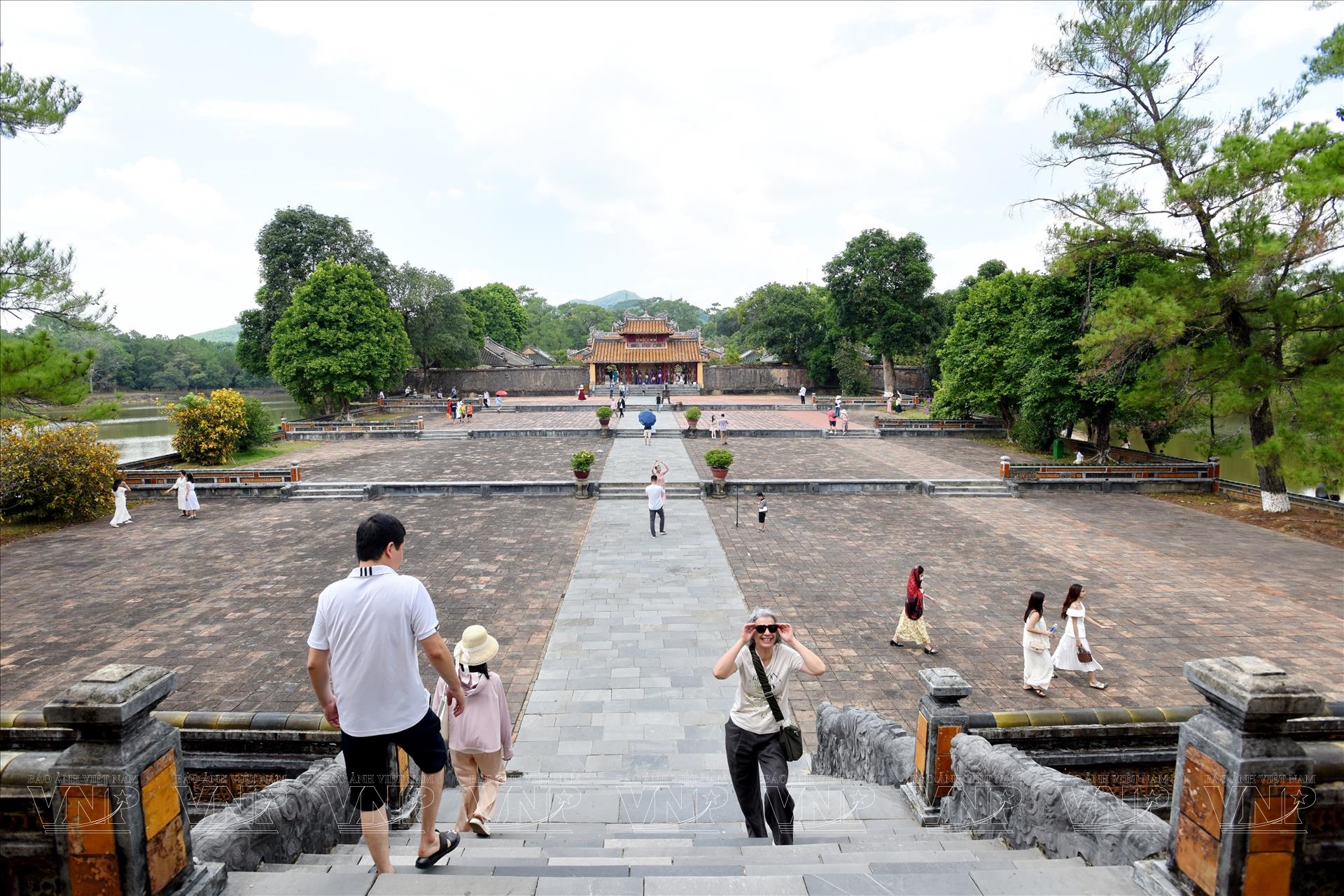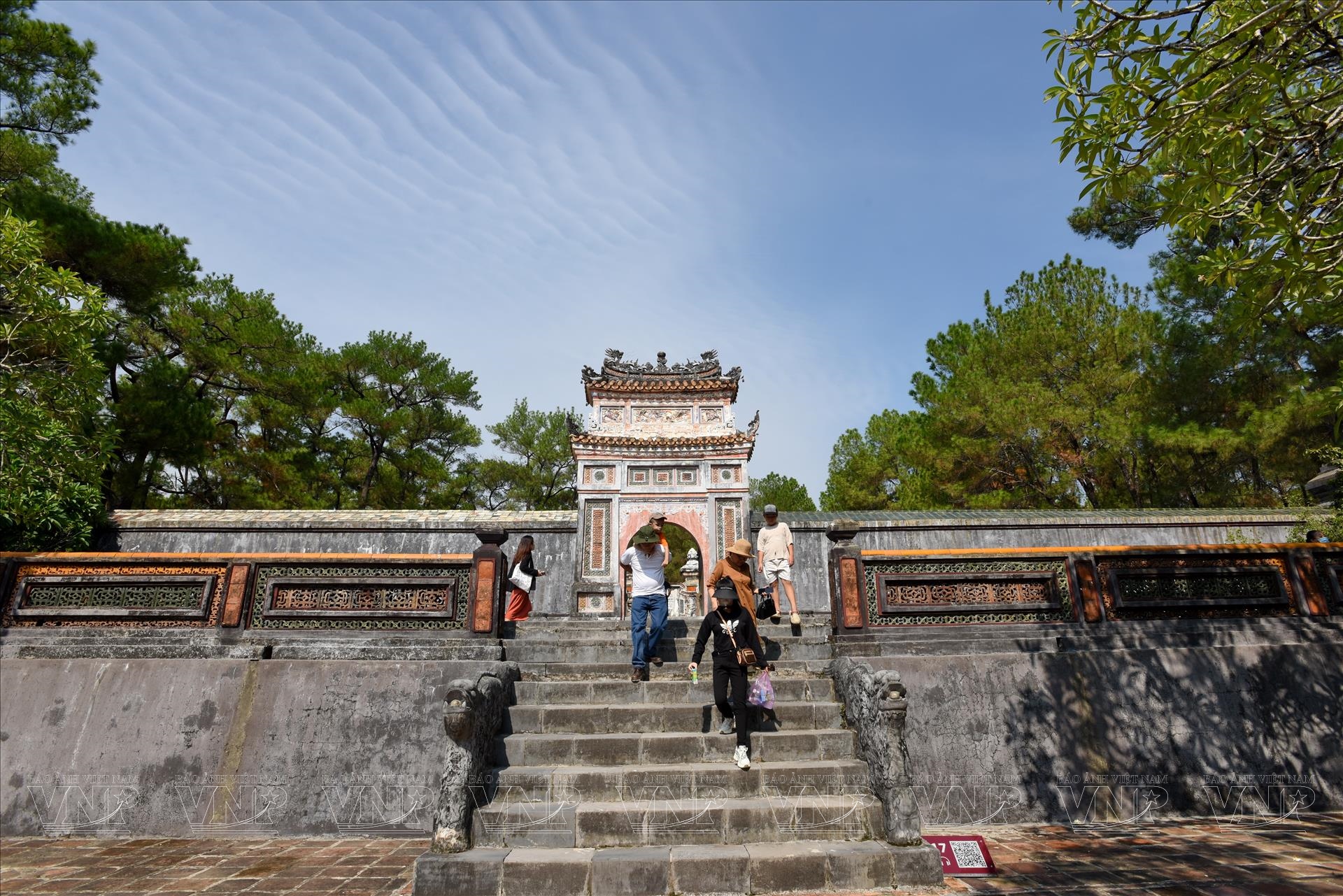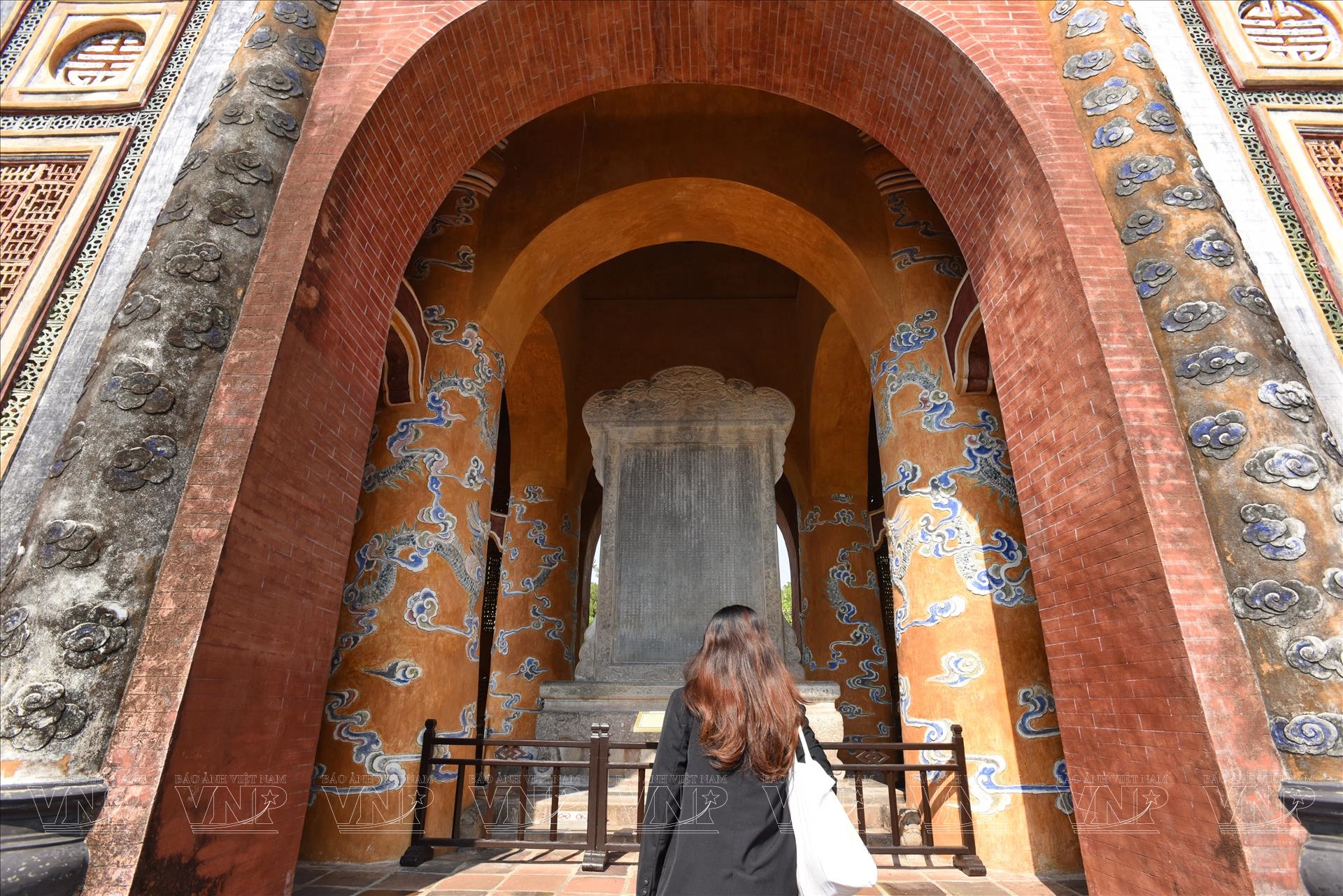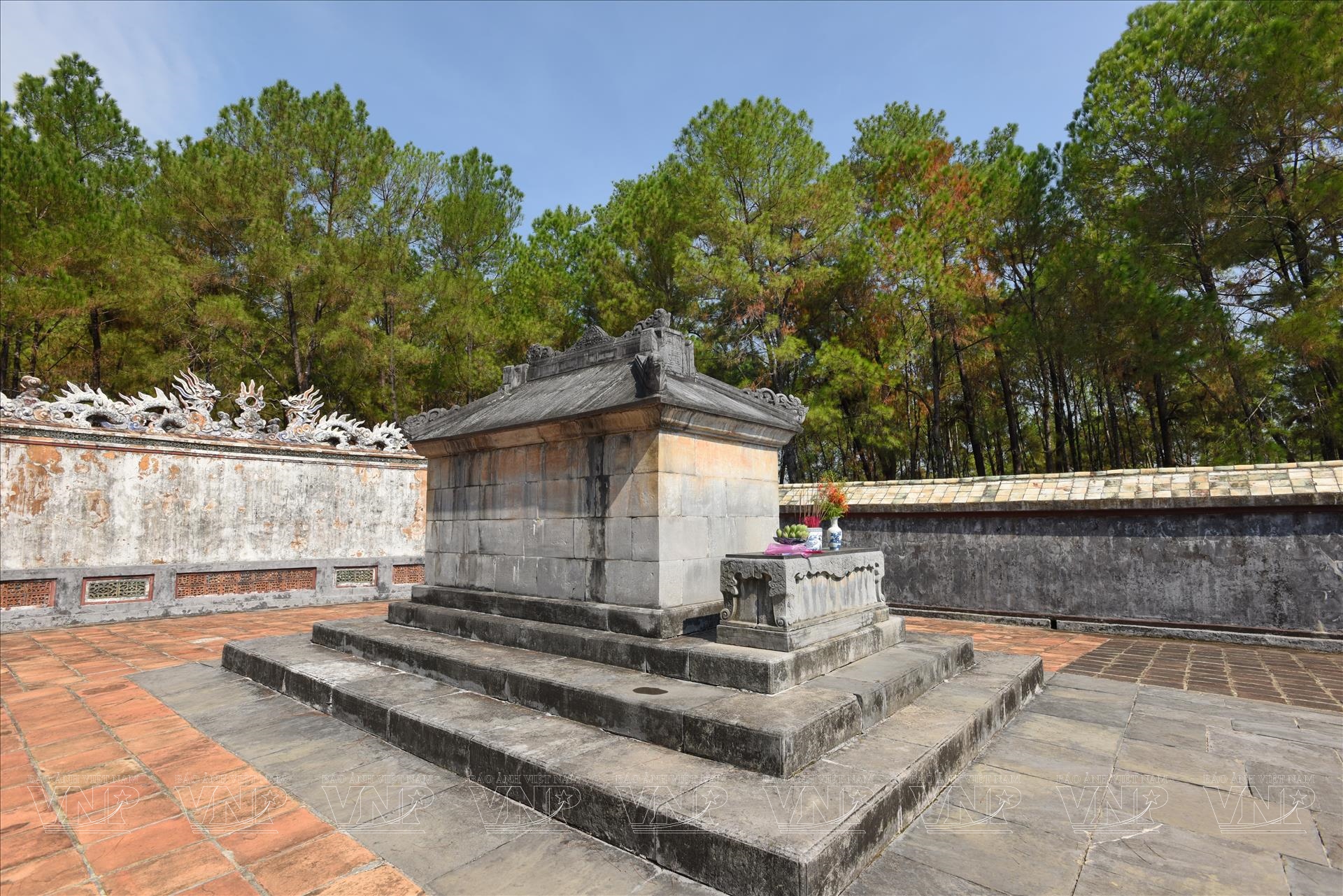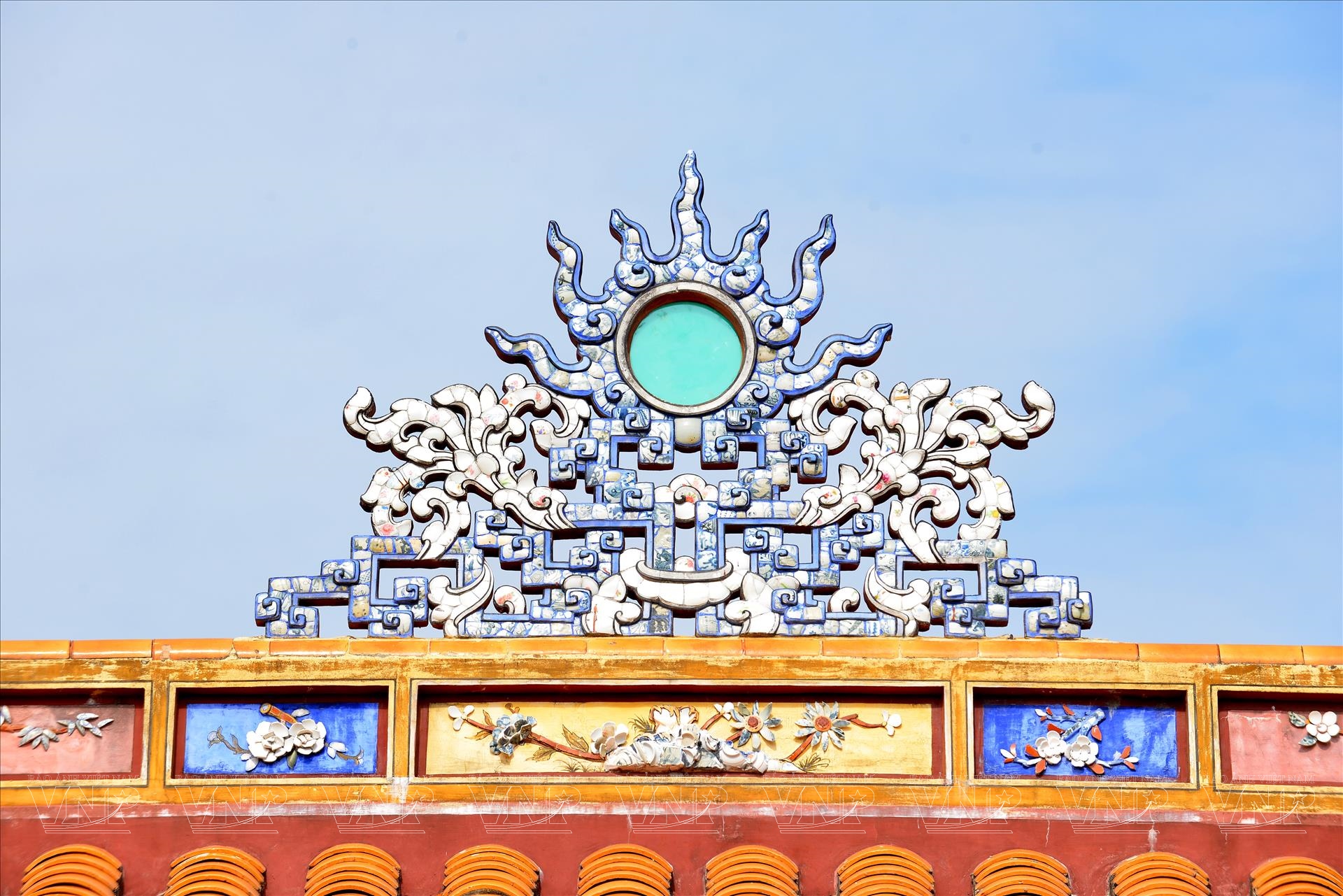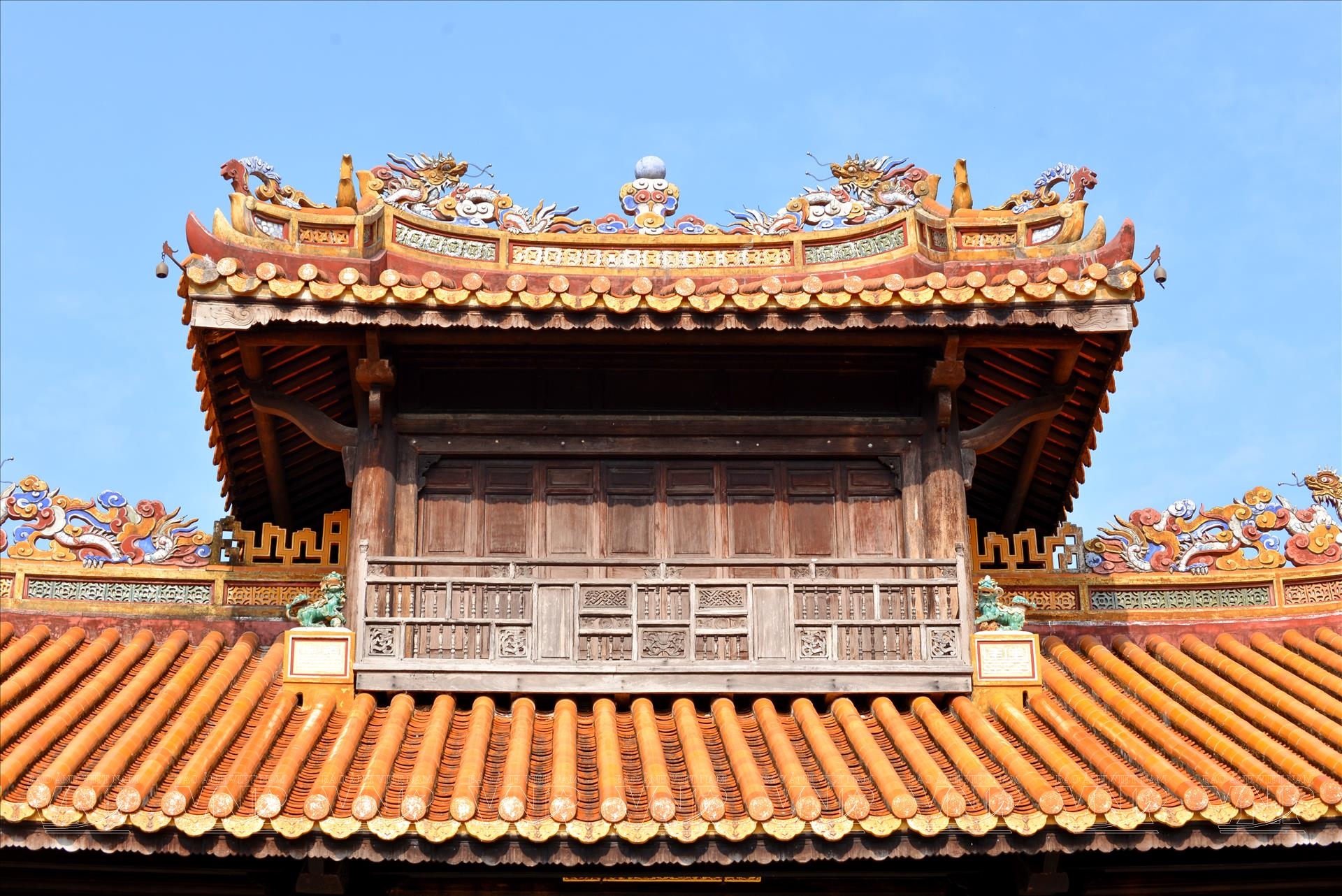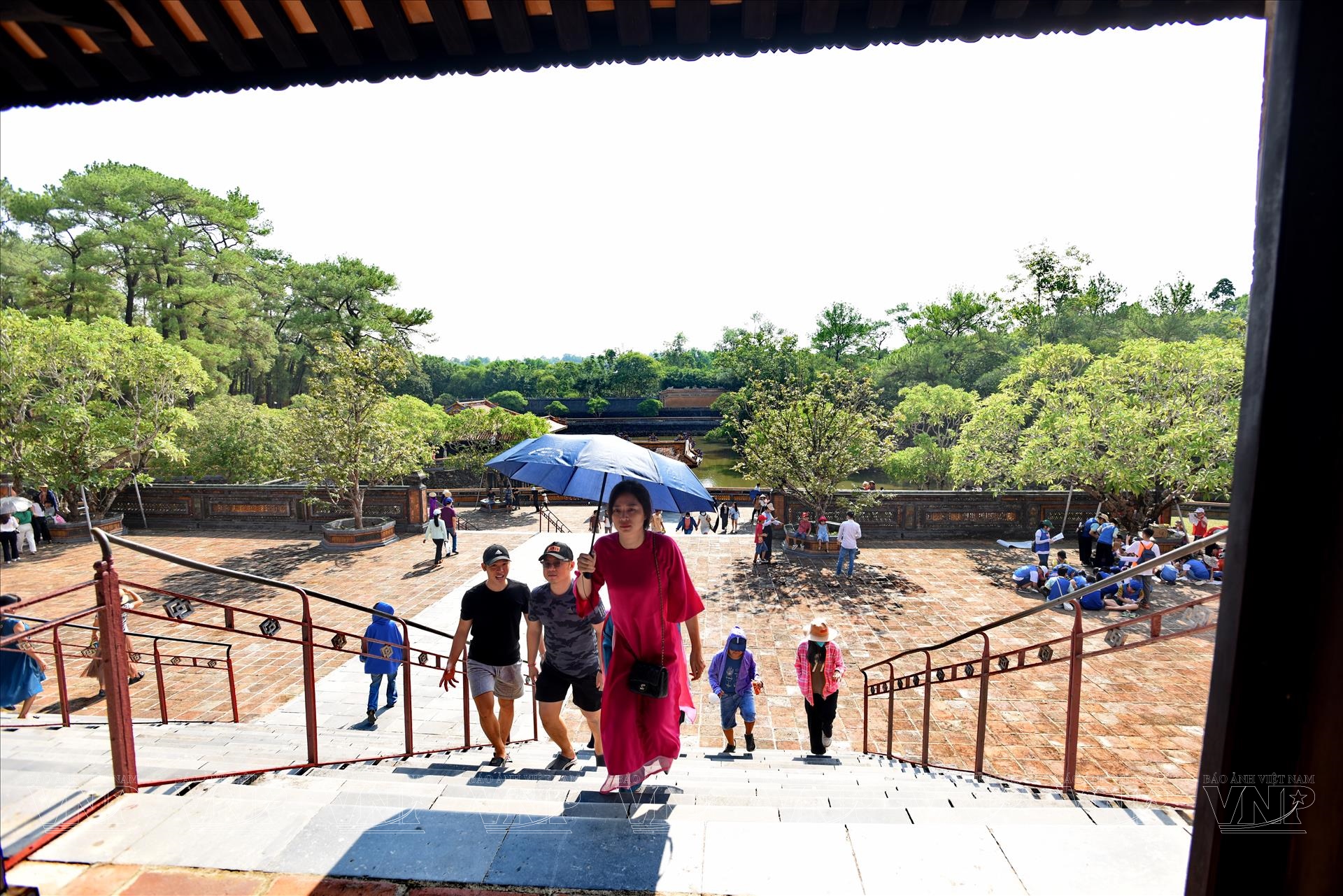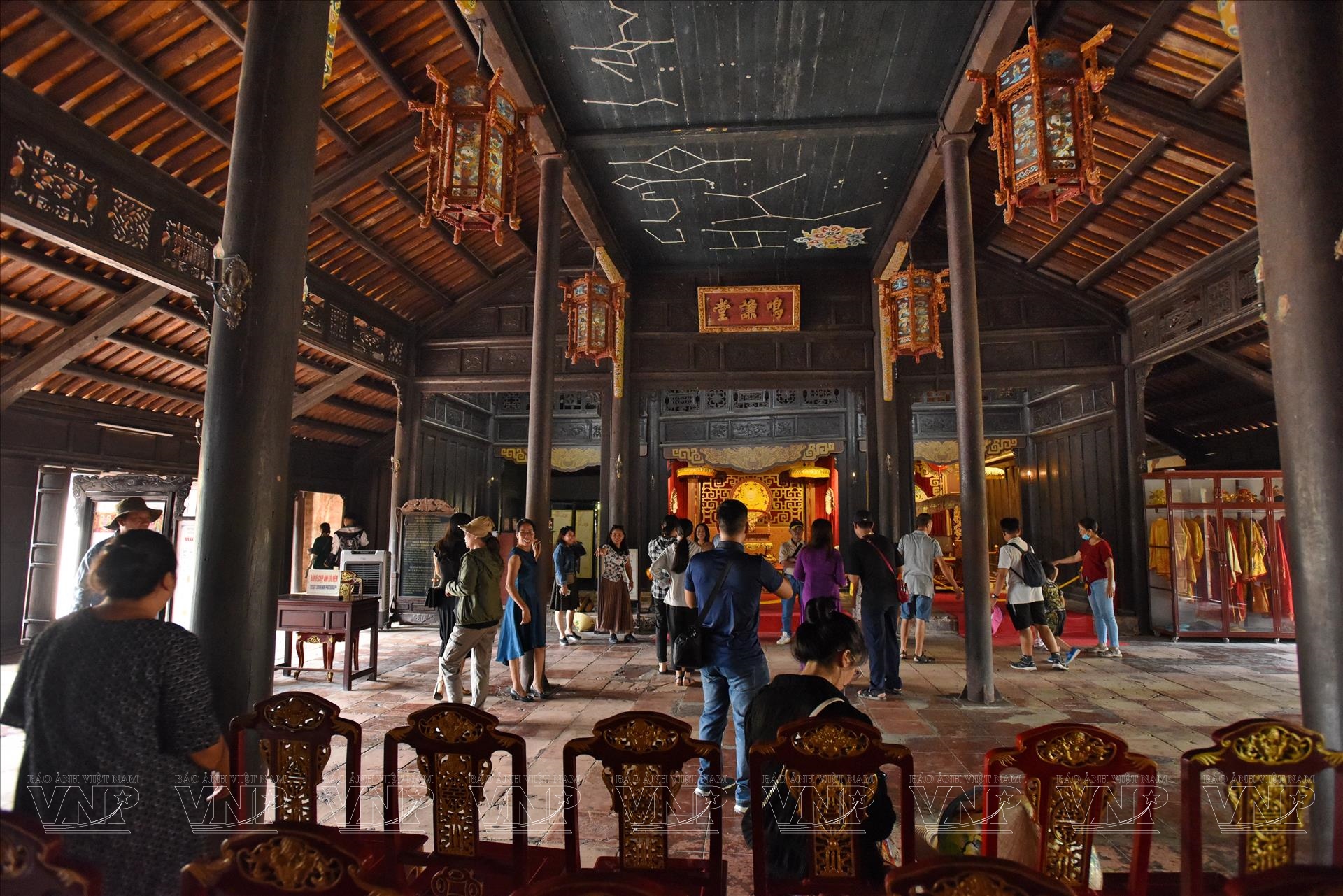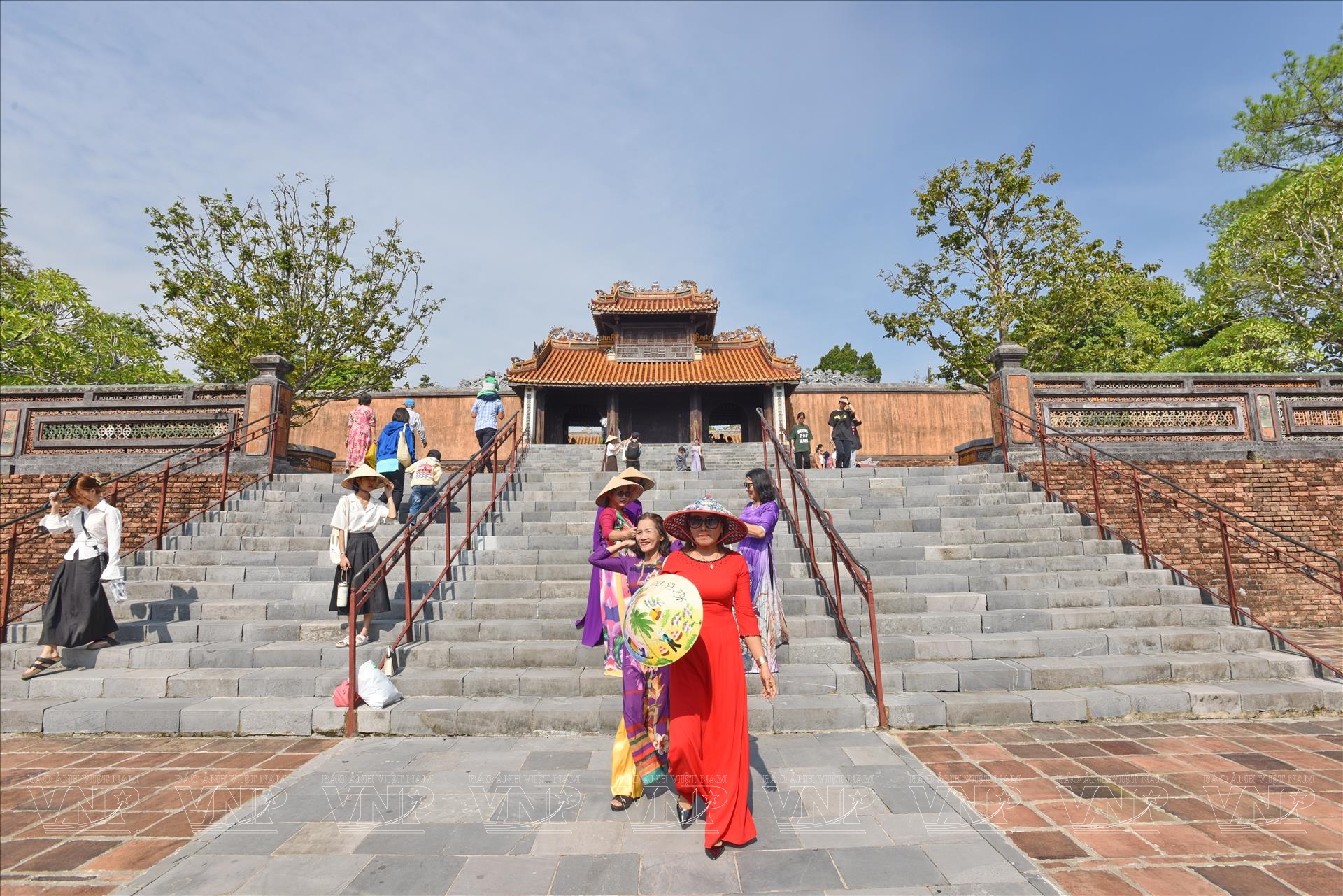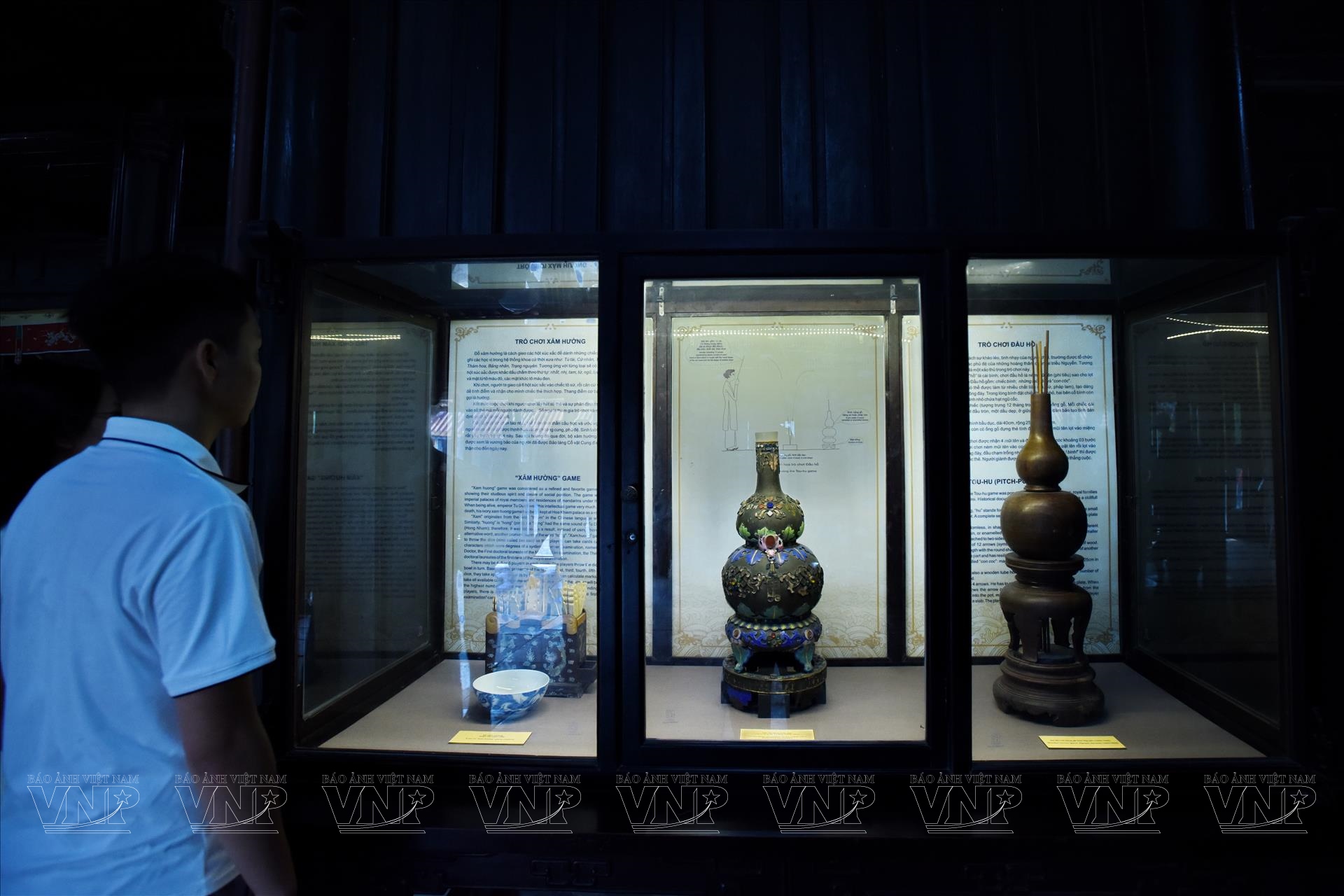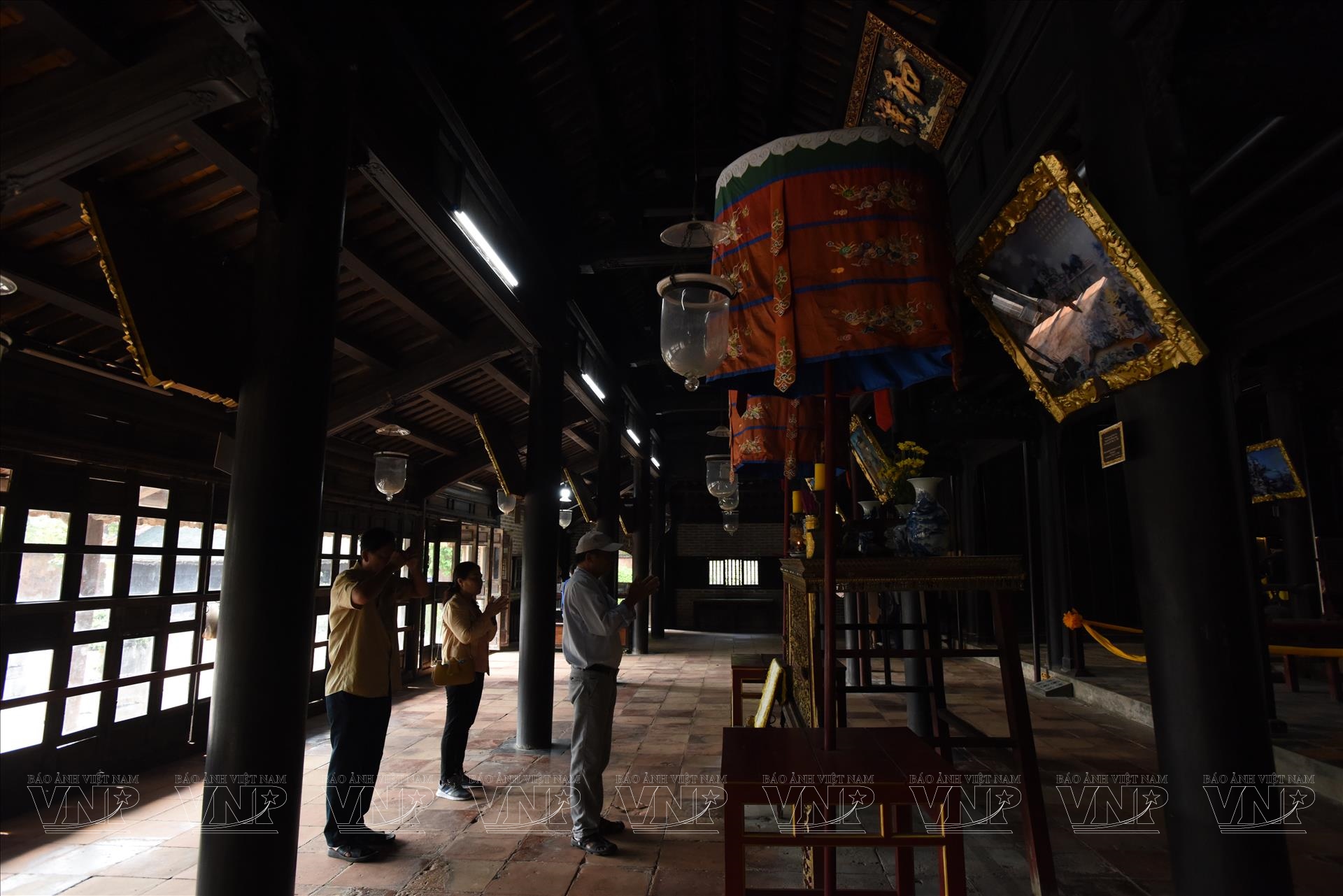Visiting Tu Duc’s Tomb
The Tomb of King Tu Duc, commonly known as the Khiem Mausoleum, stands out as the most beautiful and iconic imperial tomb structure within the Nguyen Dynasty and traditional Vietnamese royal tomb architecture overall.
King Tu Duc (1829-1883) was the fourth emperor of the Nguyen Dynasty, reigning for 36 years from 1848 to 1883. He was a talented emperor, skilled in literature, profoundly knowledgeable of Confucianism, and deeply immersed in Confucian studies. Among the legacies left behind by King Tu Duc, perhaps the most exceptional and valuable is the Khiem Mausoleum, a unique architectural marvel.
In 1993, the Complex of Hue Imperial City was honored by UNESCO as a World Cultural Heritage Site. The Khiem Mausoleum was among the 15 remarkable and renowned architectural structures listed within this heritage site. This royal tomb truly stands as a masterpiece of the Nguyen Dynasty courtly artistic architecture, exuding a magnificent, poetic, and romantic beauty that every visitor to Hue wants to explore and behold.
King Tu Duc ascended the throne at the age of 19 in 1848. Sixteen years later, in the Year of Giap Ty (1864), he commenced the construction of the Khiem Mausoleum on an area of land believed to be "auspicious for ten thousand years," a place with excellent feng shui in Duong Xuan Thuong Village, Cu Chanh District (formerly), now known as Thuong Ba Hamlet, Thuy Xuan Ward, in the city of Hue.
The entire area allocated for constructing the Khiem Mausoleum spanned over 220ha, stretching from Vong Canh Hill to the peak of Lao Khiem Mountain. However, the inner tomb area covers only around 3.5ha, enclosed by a stone wall measuring 1,823m in length. The construction of the Khiem Mausoleum took place in several stages, initially believed to have been completed by September 1867. However, in reality, it wasn't until 1902 that the construction concluded and ceased entirely. Consequently, the total construction period for Khiem Mausoleum extended to 38 years and involved approximately 3,000 soldiers and craftsmen participating in the project.
Most of the Nguyen Dynasty emperors had their own concepts for designing and constructing their tombs. As a result, each mausoleum typically reflects their distinct personalities and preferences. For instance, the Gia Long Tomb portrays grandeur and opulence; the Minh Mang Tomb exhibits symmetry and solemnity; the Tu Duc Tomb evokes a poetic and romantic ambiance; and the Khai Dinh Tomb shines with splendor and magnificence.
In its layout, the Khiem Mausoleum is divided into two main sections: the tomb area and the temple (where the emperor is worshipped). Apart from the burial and worship areas, Khiem Lang comprises nearly 50 various structures, including landscaped gardens, lakes, and buildings serving the emperor and his entourage for dining, work, rest, and entertainment purposes.
The “Khiem Cung ky” composed by King Tu Duc and engraved on a stone stele at the mausoleum shows its construction in the following words. “The court in the front is called Hoa Khiem, a place for future worship and incense burning. The court at the back is called Luong Khiem, a place for leisure and enjoyment. To the east of that court is Minh Khiem Duong, used for listening to and watching musical performances, while to the west is On Khiem Duong, used for storing ceremonial garments. Inside and outside the palace gate stand four horizontal houses called Cong Khiem, Cung Khiem, Le Khiem, and Phap Khiem, reserved for officials. Behind these two courts, four pavilions called Tung Khiem, Dung Khiem, Y Khiem, and Tri Khiem were built, serving as residences for consorts and attendants. Further behind the courts is a small watchtower called Ich Khiem, modest in height but sufficient for observing the nearby scenery. Outside the front gate, a narrow corridor called Chi Khiem was erected, compact yet adequate for paying respects to departed courtiers and maids".
Khiem Mausoleum resembles a royal compound of King Tu Duc. It is equipped with nearly all the architectural structures and related designs to serve the daily life, work, and leisure of the king and his retinue.
The Tomb of King Tu Duc stands as the pinnacle of royal mausoleum architecture and represents the zenith of Vietnam's imperial tomb architecture during the monarchy, epitomizing the luxurious garden-villa complexes of the Nguyen Dynasty. Up to the present day, King Tu Duc's tomb is not only revered with numerous prestigious titles but also serves as the most visited attraction among the Nguyen Dynasty tombs in Hue. It ranks as the second most visited site after the Imperial City (Dai Noi), which was the official residence and workplace of the Nguyen emperors.
Story: Thanh Hoa
Photos: Thanh Hoa & Hoang Ha/VNP
Translated by Nguyen Tuoi
